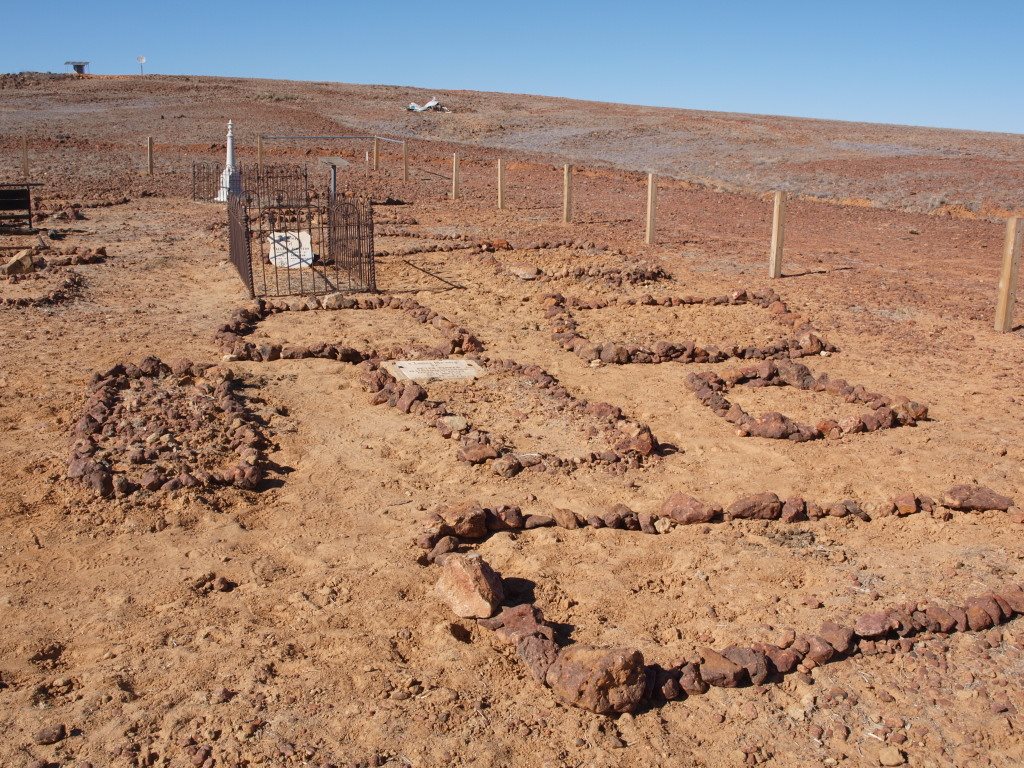
SA’s outback history told through unmarked graves at Innamincka
By Eloise Fuss
Volunteer conservationists are striving to uncover the history behind a collection of unmarked graves near the outback settlement of Innamincka.
Located on a windswept, gibber-rock coated hillside in the state’s dry north east, most of the cemetery’s graves were just outlined with rocks, and only a few were identified with fading headstones.
With a resident population of fewer than 20, and just tourists or the odd miner passing through, the Friends of the Innamincka Reserve group first decided to help out and tidy up the dishevelled outback cemetery in 2011.
They never imagined it would lead to uncovering more than 30 unmarked graves.
“It surprised me how the majority of these did not have a headstone- there were 30 graves and only nine had headstones, and that sent the curiosities going,” Friends of Innamincka Reserve president Kate Buckley said.
“There wasn’t a local council and there still isn’t, so there’s no way of knowing if the cemetery was planned or whether burials just took place in random spots depending on how hard the ground was.”
The conservationists’ curiosities were furthered when a ground penetrating radar was used to survey the cemetery, and countless unmarked graves were found.
“I was over the moon. They found another 34 graves, and all the dimensions were listed,” Ms Buckley said.
“I believe the radar shows soil disturbance and it can actually track the length of it and width. The grave sites are fairly random in size and shape, some are quite small.”
The first known burials of Europeans in the region were explorers Burke and Wills, who perished near where Innamincka now stands during their famous expedition. For the last four years Ms Buckley has worked to determine other settlers who died in the area.
Through joining the state’s genealogy societies and trawling through various local and state records, Ms Buckley came up with 60 names of people who passed on in the Innamincka area.
“There were some drovers, gentlemen killed at the races by a fall, and by the records it seems the most common cause of death in Innamincka has been drowning – when the Cooper [Creek] comes down people try to cross it and it can flow very swiftly.
“And there is clear identification of the early cameleers, Afghans: because of their Muslim faith their graves definitely face Mecca.”
With a list of Innamincka’s deceased compiled and the discovered graves newly outlined with stones, the history of this outback cemetery is slowly being pieced together.
“I’m always on the lookout for any stories that anybody has got to tell, any books that have been written that have detail on Innamincka… so we can identify these folk.”
Fuelled by fascination and outback passion, this year Ms Buckley is preparing to spend many hours in the state’s public records office, authenticating names of Innamincka’s deceased and determining whether they were actually buried in this collection of humble unmarked graves.
“We may never know who is buried in which place, but we can perhaps list that these people died in the Innamincka area and may be buried in this cemetery.”